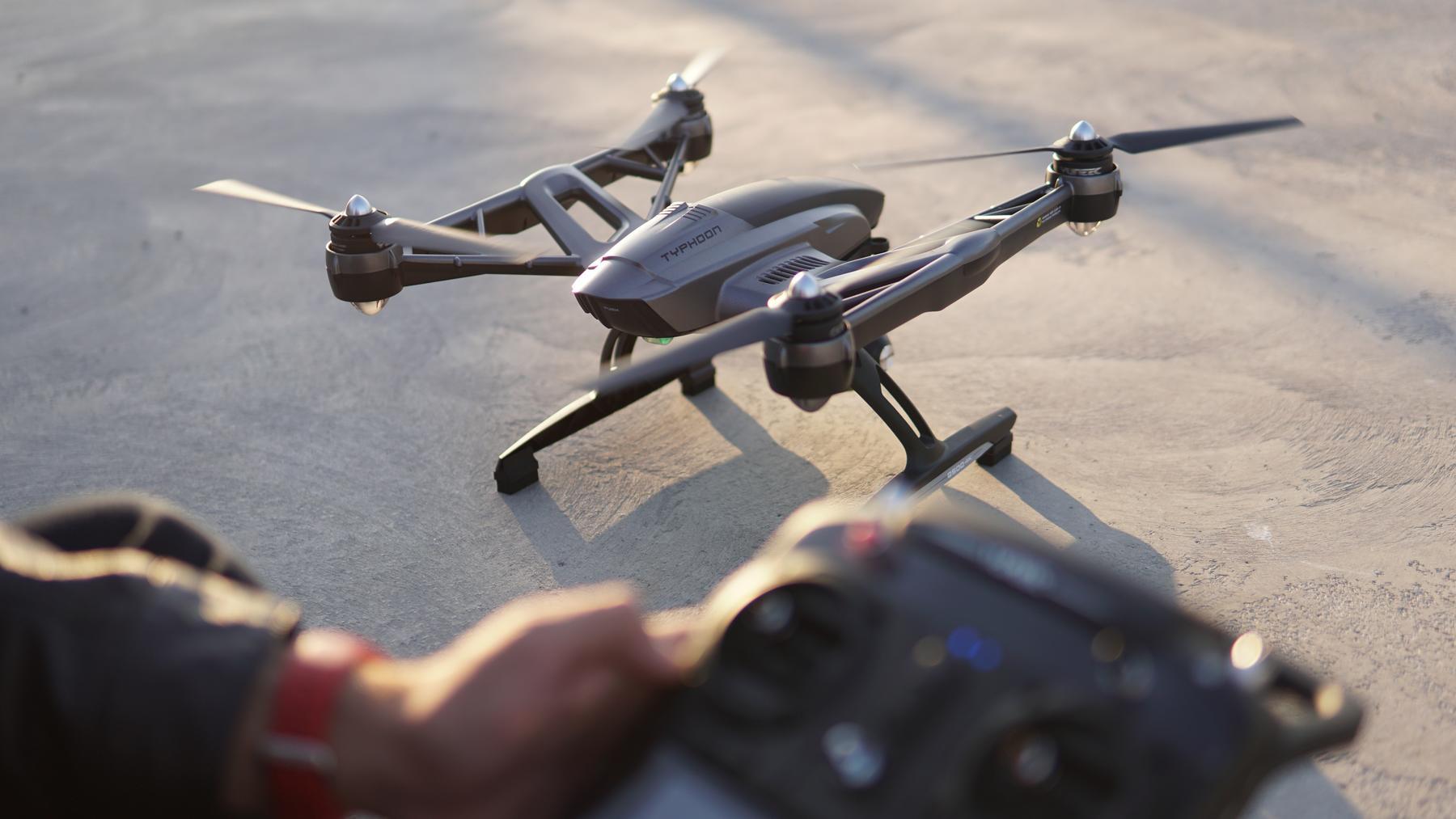Unleashing Creativity
When it comes to creativity, remote control drones equipped with cameras enable photographers and videographers to produce unique content that was once unimaginable. Whether you’re a beginner interested in aerial photography or a seasoned professional looking to shoot film-quality videos, these drones can elevate your work to new heights.
Drones with cameras provide an extraordinary vantage point.
The ability to maneuver and position your camera in the sky opens up endless creative opportunities. This tech lets you experiment with angles that were previously restricted to birds alone. Photography enthusiasts find drones particularly useful for creating astonishing aerial shots of landscapes, wildlife, and architectural wonders.
Cameras: The Heart of the Drone
The camera is undoubtedly the heart of any drone, determining the quality and features of your aerial shots. Today, many drones come equipped with high-resolution cameras that can capture both photos and videos in stunning detail.
These cameras often feature advanced stabilization technology such as gimbals, ensuring steady shots even in windy conditions. With adjustable lenses, remote control drones with cameras provide the versatility needed for capturing diverse scenes, from vibrant sunsets to bustling urban scenes.
Advanced Features and Innovations
The evolution of remote control drones has led to remarkable innovations that continually enhance user experience. Features like GPS navigation allow drones to follow precise routes and return home effortlessly. Meanwhile, certain models offer follow-me modes, allowing the drone to automatically track you while recording.
Recent advancements have further added to the excitement, with drones now capable of real-time video transmission, enabling users to see exactly what their drone sees while flying.
Legal Considerations
While the prospect of flying drones with cameras is thrilling, it’s crucial to be aware of legal aspects associated with drone usage. Different countries may have specific regulations regarding drone flights, such as no-fly zones or the need for registration and licensing. Being familiar with these regulations helps prevent legal hassles and promotes responsible flying.
Practical Applications
Apart from the creative realm, remote control drones with cameras serve various practical applications. In agriculture, drones assist farmers by providing detailed aerial views of crops for monitoring growth and detecting issues. Search and rescue operations also benefit significantly from the eye-in-the-sky advantage, locating individuals in remote or inaccessible areas swiftly.
Real estate professionals capitalize on drones to capture compelling vistas of properties, offering clients virtual tours that outlet traditional photography. Meanwhile, the construction industry utilizes drone imaging for site inspections and progress assessments.
Moreover, drones contribute significantly to scientific research by enabling data collection in areas difficult to access on foot. For instance, drones are used to observe wildlife or monitor environmental conditions in regions like forests or oceans.
Frequently Asked Questions (FAQ)
- What is the maximum height a drone can fly?
 – The maximum height varies by country and drone model, but many drones can safely fly up to 400 feet above ground level.
– The maximum height varies by country and drone model, but many drones can safely fly up to 400 feet above ground level. - Can drones be used at night? – Nighttime flights are possible, but require sufficient lighting and adherence to specific aviation regulations to ensure safety.
- How long can a drone’s battery last? – Battery life varies; most consumer drones offer approximately 20-30 minutes of flight time before needing a recharge.